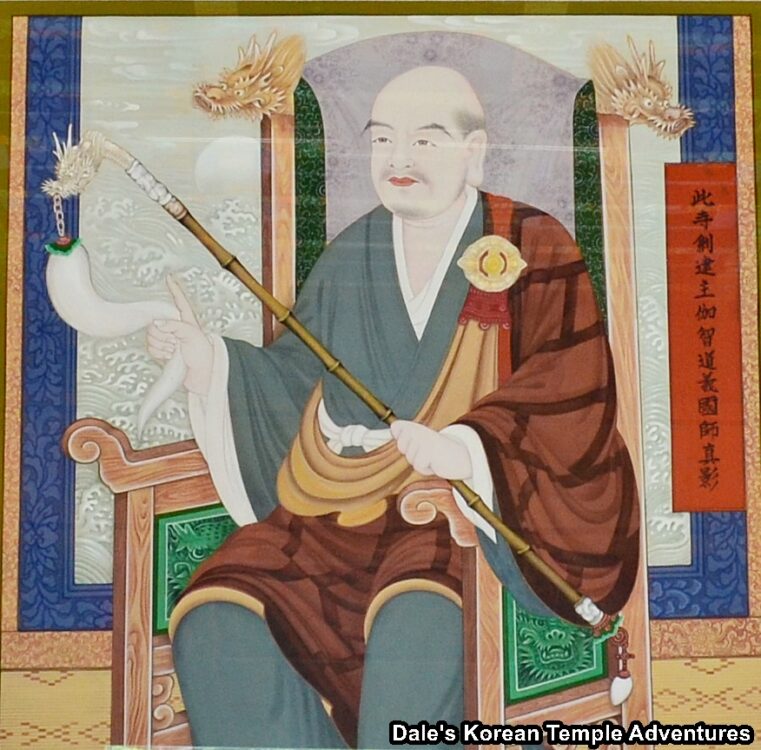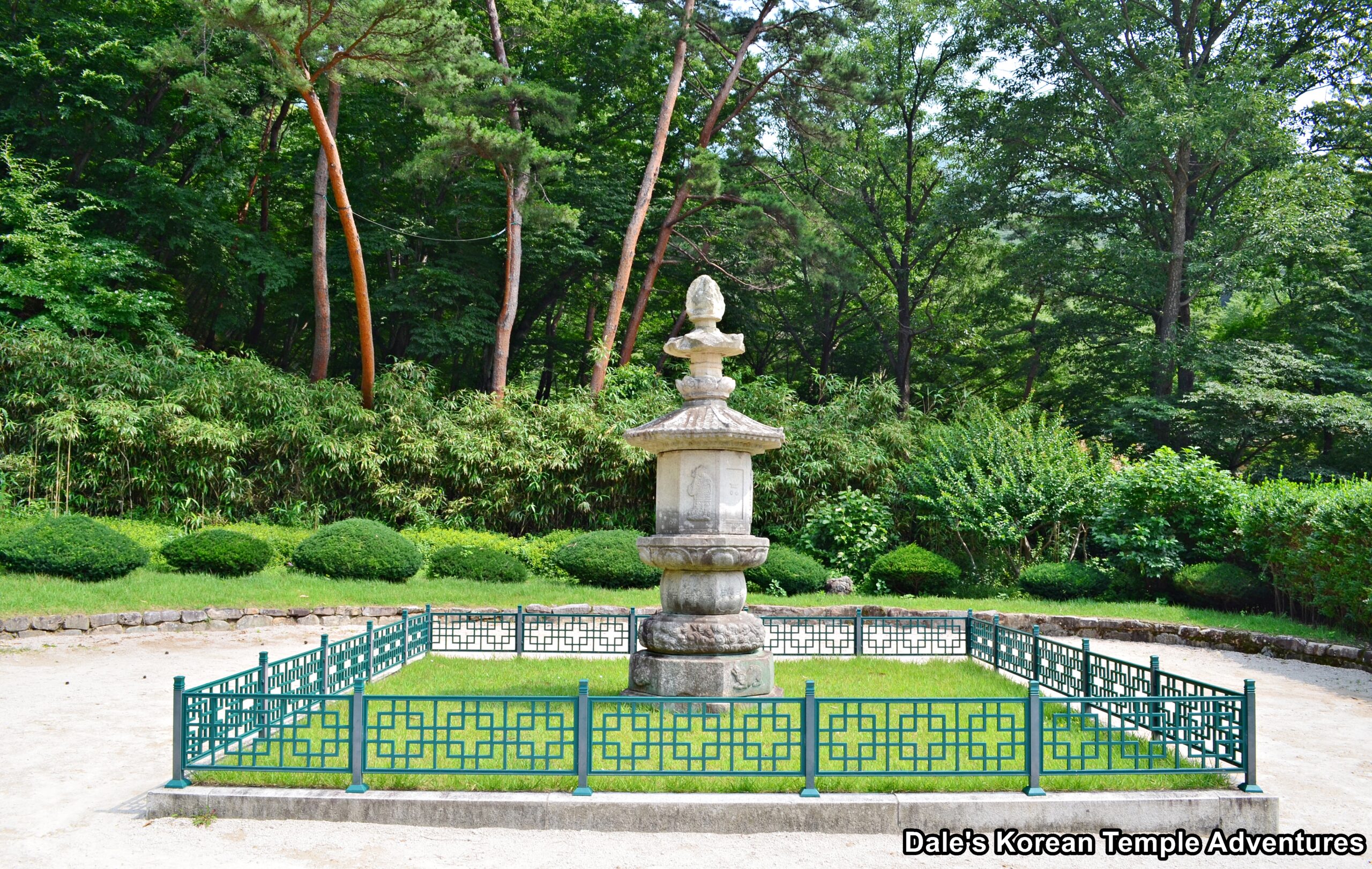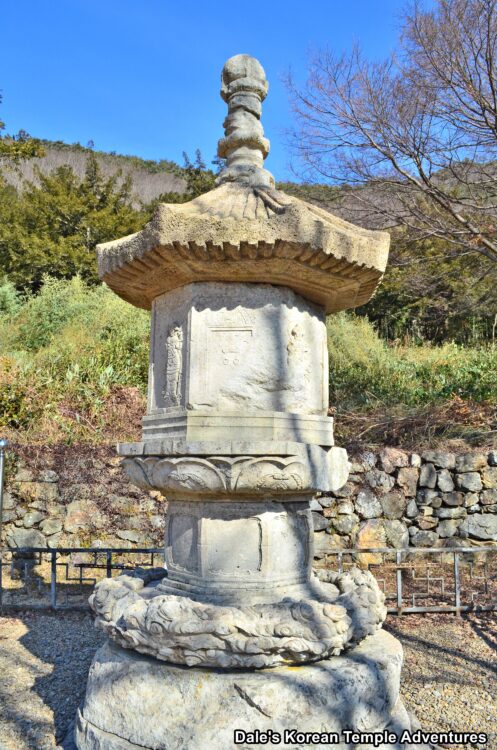
The Gajisan sect was located out of Borimsa Temple in Jangheung, in present-day Jeollanam-do. The sect was first established during the reign of King Heonan of Silla (r. 857-861) by Master Doui. Master Doui’s family name was Wang. Doui’s father dreamed that a white rainbow entered into the sleeping chamber of where his mother was sleeping. His mother also had a dream. Her dream was of a saintly monk sitting down. After these two dreams, Doui’s mother became pregnant. And rather remarkably, which goes against everything we know about biology, Doui’s mother gave birth to him after thirty-nine months of pregnancy.
Master Doui would eventually become a monk and be called Myeongjeok. In 814 A.D., Doui traveled to Tang China (618–690, 705–907 A.D.), where he received his precepts at Baotan Temple in Guangzhou. Afterwards, he would travel on to Caoxi to pay respects to the Sixth Patriarch, Huineng (638-713 A.D.). It was here that he witnessed something extraordinary. As he approached Huineng’s body, the door to the shrine that he was housed in suddenly opened on its own. Master Doui then bowed three times. After he finished bowing, Master Doui came out of the shrine and the door then closed on its own.

Later, Master Doui would travel on to Jiangxi, where he visited Kaiyuan Temple. It was here that he met the monk Zhizang (735-814 A.D.). Zhizang said to Doui, after teaching him, “If it is not really this person, who would ever be capable of transmitting the dharma?” It was at this time that the monk changed his name from Myeongjeok to Doui. Doui would also visit Master Baizhang Huaihai (720-814 A.D.). It was here that the Chinese monk said to Master Doui, “The Chan [Seon/Zen] tradition of Jiangxi associates itself at last with a monk from Korea!”
Eventually, Master Doui returned to Silla. Unfortunately, the new form of Seon Buddhism wasn’t recognized and appreciated by the Silla people, so Doui retired to Jinjeonsa Temple. It was here that Master Doui would live for the next forty years until his death. But before dying, Master Doui transmitted the dharma to his disciple Chejing (804-880 A.D.). Chejing would found Borimsa Temple on Mt. Gajisan. And it was from Borimsa Temple that Master Doui’s teachings grew in popularity and the Gajisan sect was formed. Other temples like Unmunsa Temple in Cheongdo, Gyeongsangbuk-do were also a part of the Gajisan sect.




Recent comments